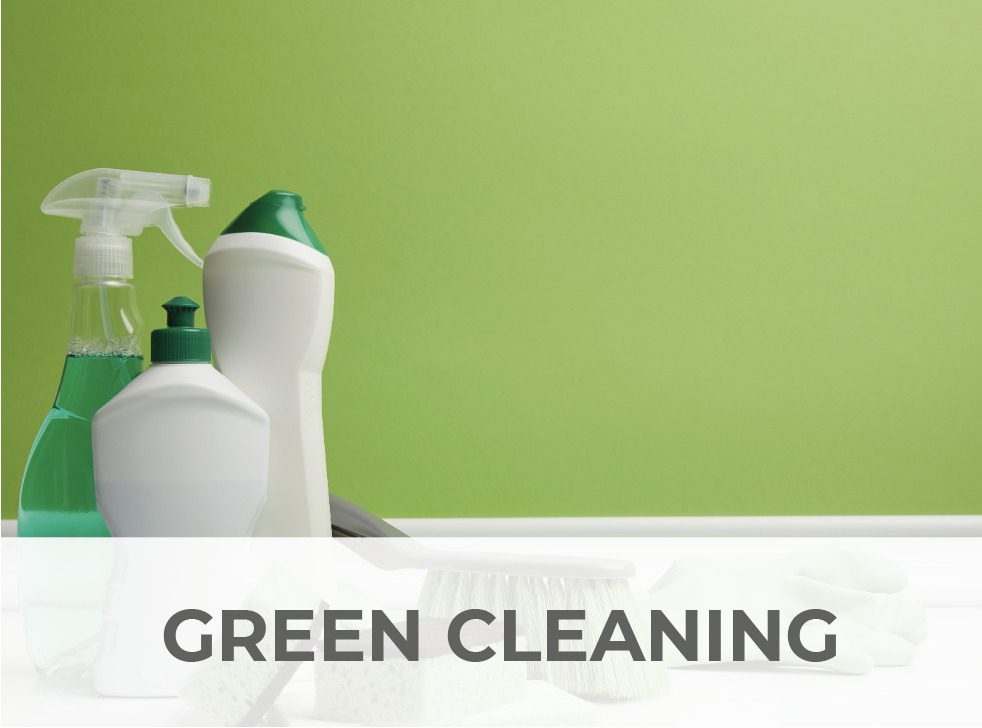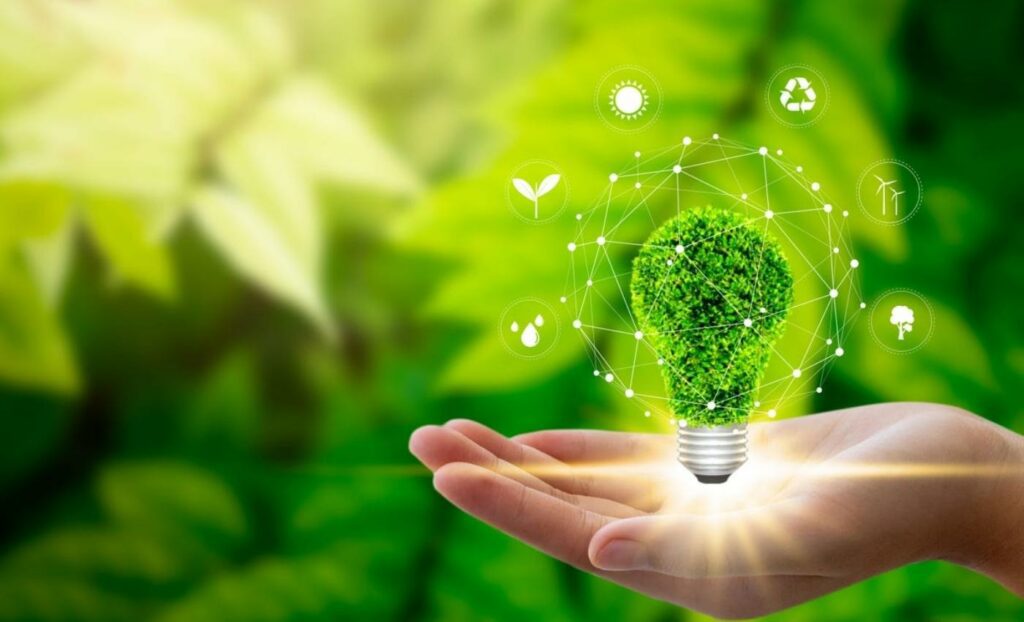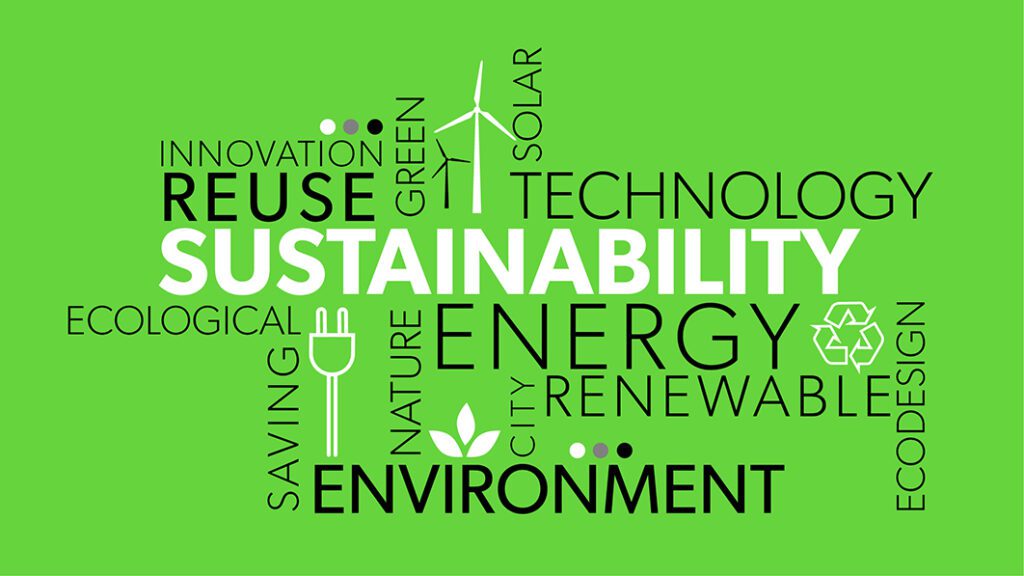Sustainability drives many economies around the world. Policies to limit global warming call for a 50% reduction in net emissions of carbon dioxide and other greenhouse gases by 2030 and net-zero emissions by 2050, a goal commonly known as net-zero. To achieve this goal, companies need to evaluate their strategies to become more environmentally friendly. […]

Sustainability drives many economies around the world. Policies to limit global warming call for a 50% reduction in net emissions of carbon dioxide and other greenhouse gases by 2030 and net-zero emissions by 2050, a goal commonly known as net-zero. To achieve this goal, companies need to evaluate their strategies to become more environmentally friendly. The sustainable cleaning industry is undergoing a particularly significant shift in terms of consumer demand for greener and more sustainable products.
To achieve this goal, you must meet your present needs without compromising the ability of future generations to meet their needs.
Cleaning companies have already started implementing green initiatives, but there are still many ways to improve the environment.
Green cleaning protects our physical health without harming the environment. It involves the use of a mixture of chemicals, equipment, technologies and equipment that are more environmentally friendly than conventional options. Green cleaning goods also use a lot of natural, renewable or recycled materials. Moreover, the packaging of such goods uses much less paper and plastic.

Companies and trade associations in the cleaning industry have been aware of the trend toward sustainability for years. The Worldwide Cleaning Industry Association recognizes green cleaning as the most robust trend in its branch. It describes green cleaning as “a market phenomenon driven by customer demand and the general trend of the broader market towards green products and services”, water and many other materials in all phases of their life cycle. These phases include the manufacture, transport and storage of the product, and the disposal of the product and its packaging.

Sustainability initiatives aim to increase the overall efficiency of resource use throughout the product life cycle. For example, a new process that reduces the energy needed to manufacture a product would not be sustainable if it also increased the energy required to transport and use the product by more than the energy which is saved in its manufacture. Life Cycle Analysis (LCA) is a technique that examines the total resources required by a product consisting of:
Raw Materials are all materials used to manufacture the product except water. The packaging protects the product from manufacture to use. Energy is required to manufacture the product, its packaging and transport. Water can be used at different stages of the product life cycle.

Employees and customers are increasingly concerned that companies are taking environmental considerations into account when making fleet decisions. Therefore, commercial cleaning companies should consider making their fleets more sustainable by using cleaner vehicles, especially those that run on electricity. All of these actions can reduce the environmental impact of a business while reducing operating costs.
The technology which is used in sustainable cleaning systems includes biological products and techniques that make the product much safer for people and also the environment.

This technology can reduce air and water pollution and ozone depletion, thereby minimizing the risk of global warming. New technologies such as pulse mops and microfiber towels also reduce detergent consumption, minimizing waste and lowering costs. Additionally, Internet of Things (IoT) technology promotes sustainability by keeping suppliers informed about the tools and equipment in their supply chain.
Social Sustainability addresses people’s health and well-being. Cleaning products contribute to this practice by removing allergens and harmful microorganisms from the environment, helping to keep the home as clean and comfortable as possible.

Social sustainability also ensures that products and equipment do not harm workers during their manufacture.
New eco-friendly cleaning technologies, products and practices Key technologies, products and practices in eco-friendly cleaning include, according to Green Business Bureau:
Several case studies show that green cleaning strategies bring benefits for revenue, people, and the environment. For example, Kimberly-Clark Professional is a leading bath products manufacturer that launched a sustainability program in 2001 called Reduce Today, Respect Tomorrow. This program points out the reduction of natural resources throughout the life cycle of the company’s products. Kimberly-Clark generally achieves this by designing the product so users consume less, either by improving the efficiency of the product itself or by increasing the reliability of the delivery method.
Only 100 companies in Standard & Poor’s (S&P) 500 published sustainability reports in 2011, but that number has risen to 430 by 2021. These reports show that these organizations require sustainability initiatives from their cleaning providers. Additionally, once they’ve settled on one that meets their sustainability criteria, S&P 500 companies have little reason to switch providers. This practice favors early adopters of sustainability practices.
Sustainability in the cleaning industry also offers small businesses better opportunities to attract customers. Sustainability programs typically assess a company’s impact on the local community and encourage local purchases.
Small businesses in this space can expect to benefit from sustainability initiatives as long as their products stay competitively priced.

Efficiency is the first step towards sustainability in the cleaning industry, which will improve a company’s bottom line in the long run. Distributor, Efficiency, Analytics & Learning (DEAL) program of ISSA has saved the company over $1.5 million with minimum capital investment. The savings cleaning industry has an average profit margin of about 7%, so a $10,000 savings equals $285,000 in sales.

Sustainability efforts benefit a company’s bottom line because they can be undertaken while at the same time looking for ways to increase sales.
Sustainability includes aspects of social responsibility, such as employee wages, benefits, and training … They also aim to enable honorable labor practices without cost penalties to the company. Improving the treatment of workers also increases job satisfaction and decreases turnover, resulting in lower hiring and training costs. In addition, it improves customer loyalty and reduces customer complaints.
In addition to products and services, sustainability benefits the environment throughout an organization’s operations. It examines the way facilities such as manufacturing plants, offices and warehouses produce and consume energy, water, and waste. DEAL reducing the environmental impact of participating companies is equivalent to planting 40,000 trees and letting them grow for 10 years. This benefit would be 100 times greater if applied to the entire cleaning industry.
The following six steps demonstrate how organizations can complete their sustainability journey:
The green cleaning industry has been around for quite some time, but has only become more known in recent times. It is a sustainable industry that benefits both people and the environment. If you make good use of it, you can make big profits from this industry.
![]()